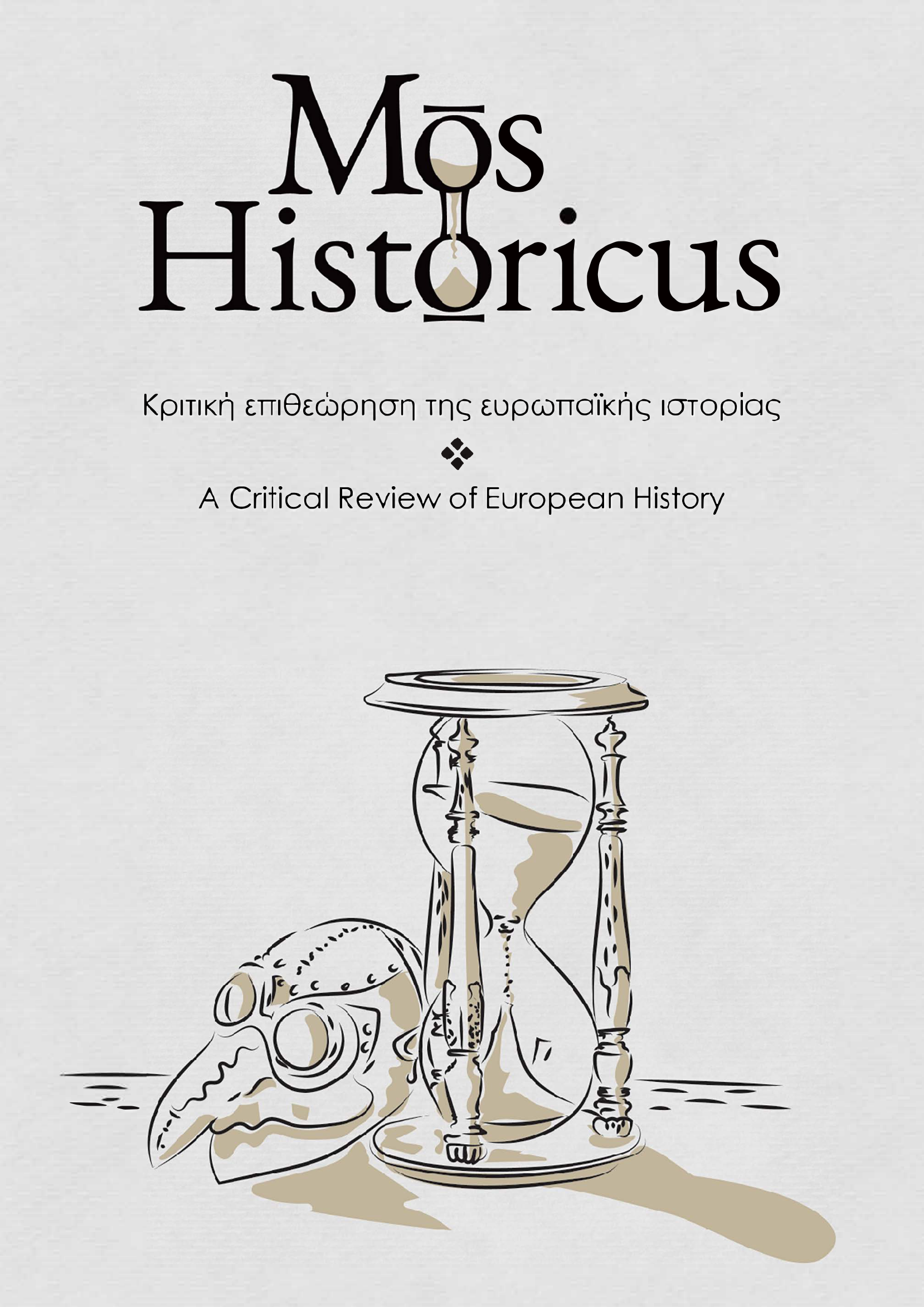King’s Touch: The establishment of the relevant healing practice and its significance in the legitimizing of the English and French monarchies during Late Middle Ages, from the 11th to the dawn of 14th century

Abstract
The idea that the monarch’s touch could cure certain deadly diseases appeared in the kingdoms of England and France during the High Middle-Ages. Until the dawn of the Late Middle Ages (early 14th century) both the English and the French Crown had bestowed their reigning monarchs with the hereditary ability of a wonder-maker who specialized in the cure of scrofula. In both kingdoms, the christo-memetic ritual of royal touch was institutionalized by particularly pious rulers. On the other hand, not all kings emphasized their depiction as healers. This study attempts to shed light on the political, cultural, and spiritual conditions which contributed to the emergence, practice, and institutionalization of the healing touch. Furthermore, it highlights the significance of the «royal healer’s» image in the construction of the two monarchies’ broader «sacrality». For the consistent evaluation of the ritual the use of the available and known primary sources, referring to the practice of touching, is pivotal.
Article Details
- How to Cite
-
Kitos, V. (2023). King’s Touch:: The establishment of the relevant healing practice and its significance in the legitimizing of the English and French monarchies during Late Middle Ages, from the 11th to the dawn of 14th century. Mos Historicus: A Critical Review of European History, 1(1), 13–58. https://doi.org/10.12681/mh.34276
- Section
- Articles

This work is licensed under a Creative Commons Attribution-NonCommercial 4.0 International License.
Copyright notice:
Authors retain copyright for the articles published but assign the first publication rights to Mos Historicus. By virtue of their appearance in this journal, the articles are free to be used for non-commercial purposes. However, the articles cannot and must not be used in anyway, published elsewhere or modified without any reference to the author and the first publication of the article (licence Creative Commons 4.0).


